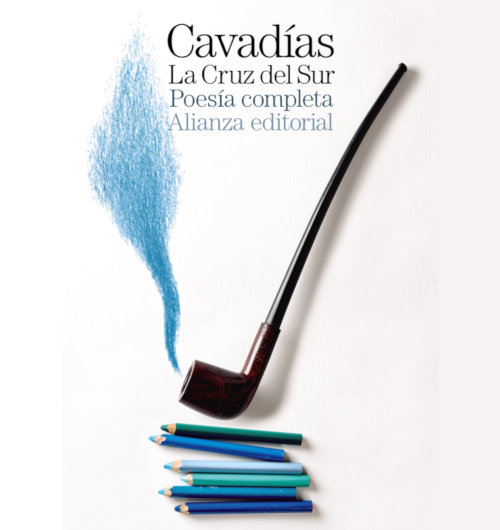Water, water nowhere
Orme, Tennessee via Leh, Ladakh
Darkhorse from Nashville, Tennessee was kind enough to send this news story from my home state, regarding results of the severe drought down there:
Tennessee Town has run out of water
As twilight falls over this Tennessee town, Mayor Tony Reames drives up a dusty dirt road to the community's towering water tank and begins his nightly ritual in front of a rusty metal valve....Orme, about 40 miles west of Chattanooga and 150 miles northwest of Atlanta, is a town where the worst-case scenario has already come to pass: The water has run out....."You never get used to it," says Cheryl Evans, a 55-year-old who has lived in town all her life. "When you're used to having water and you ain't got it, it's strange. I can't tell you how many times I've turned on the faucet before remembering the water's been cut."
Dear Darkhorse:
For America, that is a shocker. An occasional power blackout in summer is one thing. But no water--!
Here in Ladakh, though, it's no biggie. Damn near all the water here is imported.
Every house that has "running" water has a big plastic Sintex tank on the roof. This has to be delivered and refilled by truck. All the water suppliers are private operators.
As far as I can tell, the "municipality" (city government) has no water infrastructure at all. Water runs all round the district and Leh Valley in literally ancient channels, dug centuries ago by locals to funnel the meltwater off the mountains for irrigation in what is otherwise a desert. This was the traditional version of "running water." Those lucky enough to live right by a stream (ie, not in the city) still wash their clothes, hair, and dishes from these channels.
However, with increased population, increased demand (including from foreign tourists) and increased pollution, it is now necessary for "safe" drinking water to be brought in from outside.
For the less fortunate, who cannot afford to buy/rent a tank and the monthly water refills, water is literally hand delivered. Every day I see bearded Kashmiri men pushing dolly carts loaded with oil barrels, jerry cans, plastic tanks, every possible available container of any size -- pushing these carts and up the streets. They are full of water and must be damned heavy. This is very hard work, sometimes they even have to push them uphill.
Every little family-run restaurant or ordinary home has to have water delivered this way. Every cup of tea I drink in such places has been carried in by hand in plastic can, then boiled before serving to me. The effort!
Now, with the freezing winter weather, most all the "running water" (piped down from the tank) has been cut off. In order to take a bath, I must get water in a bucket directly from the tank. That freezing water has to be heated on the propane stove. I only get one bucket to wash my hair, body and clothes in - even getting one bucket is difficult. Amazingly, I have learned to do this.
That's another story....the propane tanks. These red gas cylinders (which weigh about 16 kgs each) sustain life here. Electricity is unreliable, and very (comparatively) expensive anyway. To make a cup of tea or soup using electric energy would be extravagant. So, everyone except the ultra-poor has a gas burner and a government-issued (is Indian Oil and Indane Gas part of the goverment? I am not sure) red metal gas cylinder. (What do the ultra-poor do? They have kerosene stoves. These horrible, cheap kerosene burners like camp stoves, that take five tries to light. But they are far cheaper than the gas burner and cylinder.)
The cylinders must be acquired from Leh where they have been delivered from the "mainland" by truck, then ferried out to the villages via bus (most passing buses have a fleet of red cans on top, which are then tossed down by the Bus Boy), then lugged on the back of a villager....all the way to the home, monastery or tea shop. And here in the desert, distances are vast. (Thirty minutes is a short walk.)
This is pretty much the case all over India - the well-off people have water tanks. The poor go to the village hand pump and lug khumbhas back on their shoulders, several times a day.
So, when I had my tea at the monasteries this week, I really appreciated what a commodity this was. The water, the hot tea, the gas. It represents a very real expenditure of energy here.
Cycling from Kallidaikurichi to Brahmadesam: Soak in Oodles of Rustic Tamil
Nadu charm
-
[image: Cycling to Brahmadesam Kailasanathar Temple]
Gorgeous ancient temples, lush paddy fields, banana plantations and tuber
farms, quiet village road...
3 days ago














1 comment:
Hello My Friend.,
This is vijay. How are you? Caroline. What happend? do you remember me? I sent you some mails. but till now i never get any reply for them. how are you? and how is ur reporting? hope.. soon i'll get reply from you. take care
Post a Comment